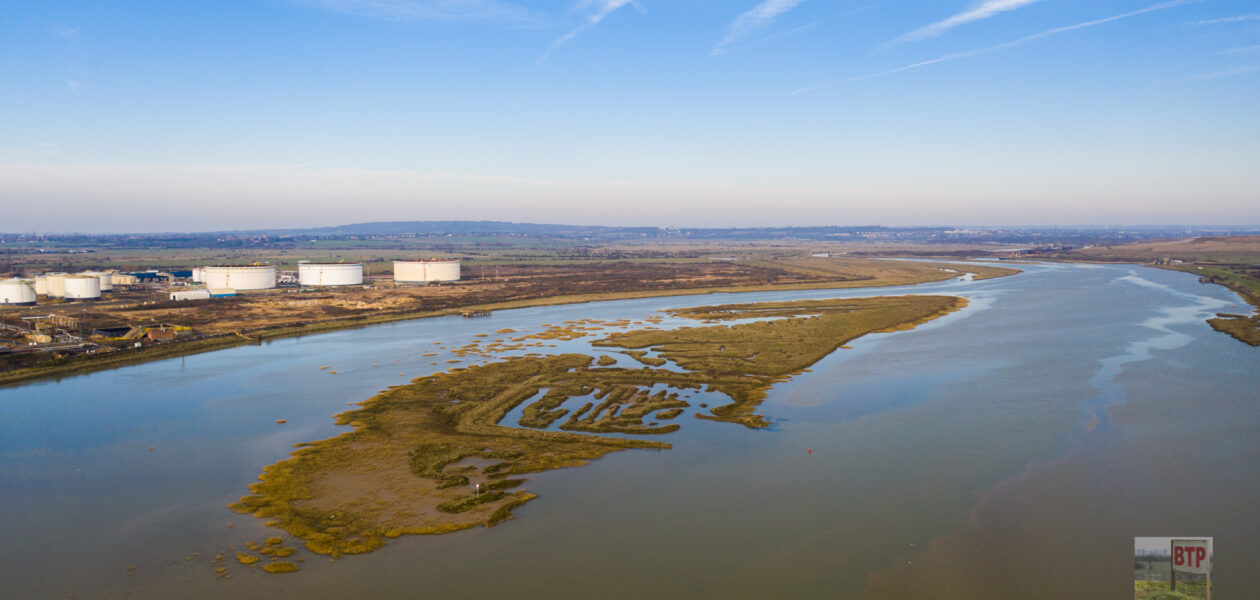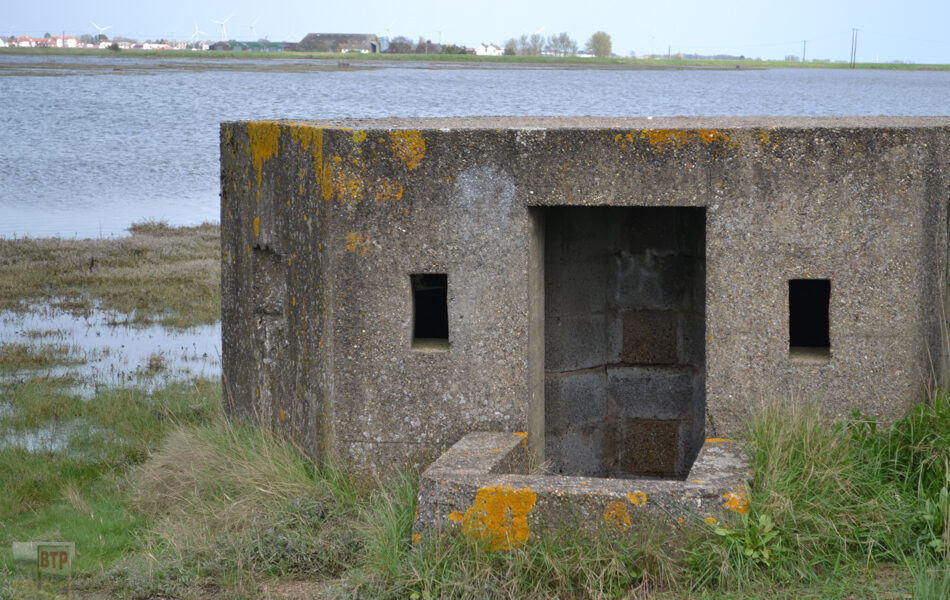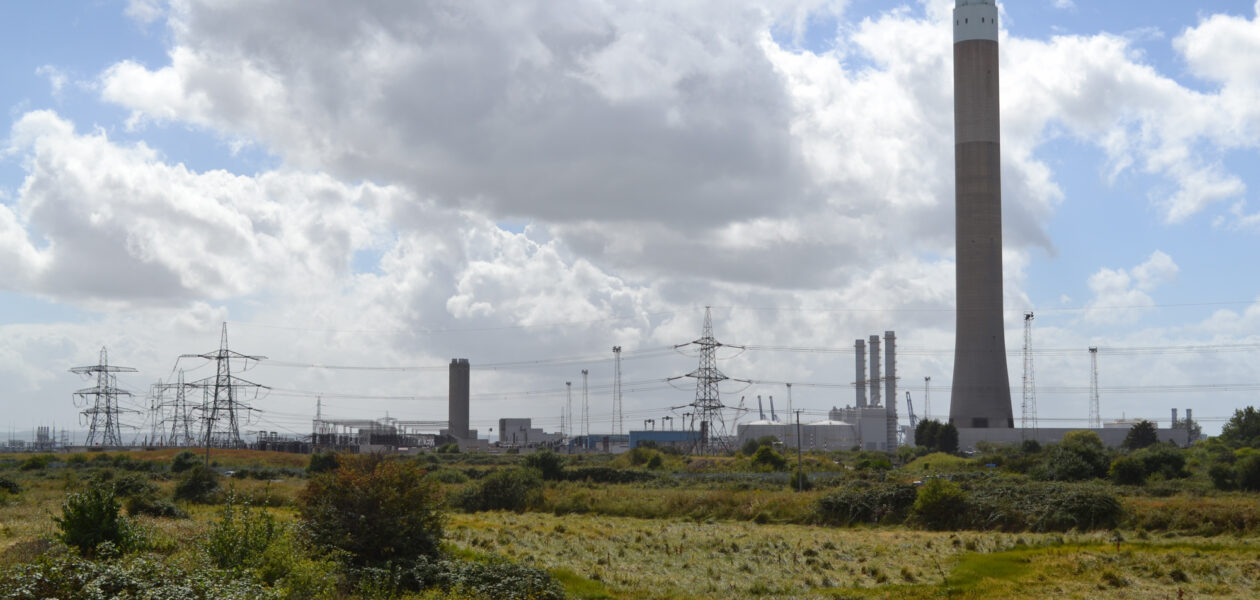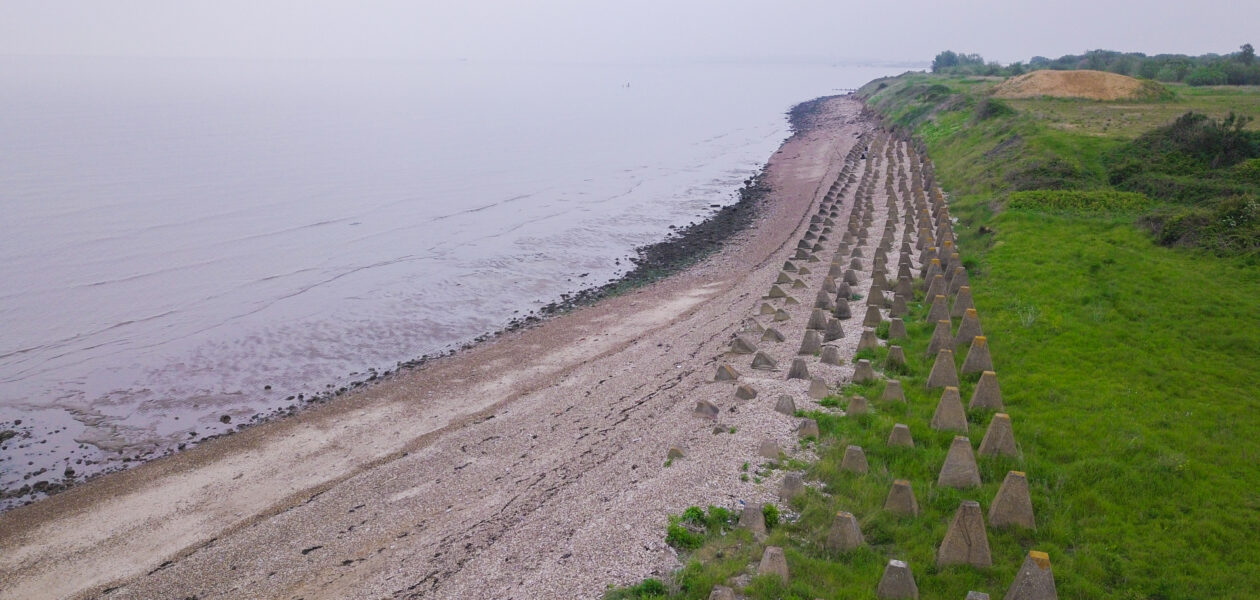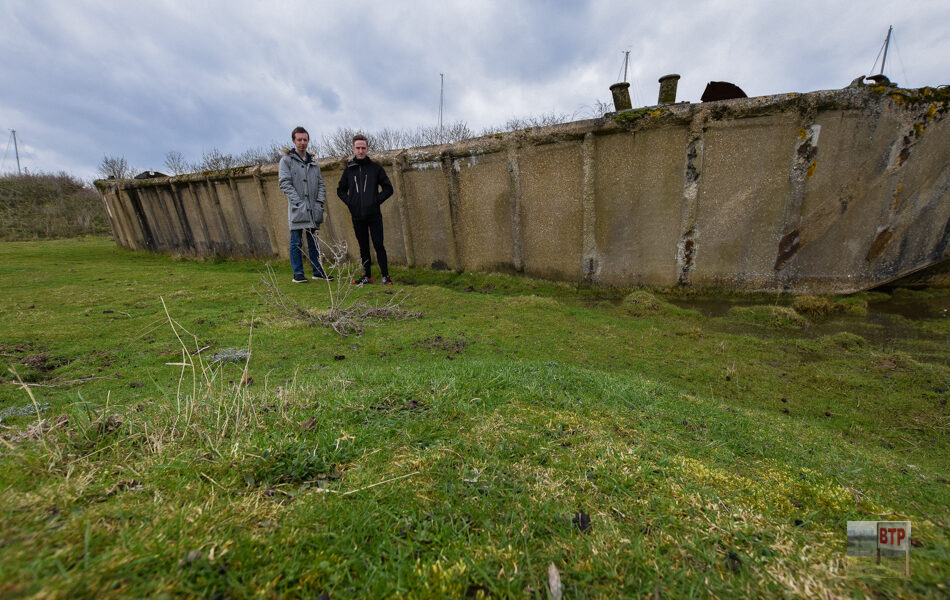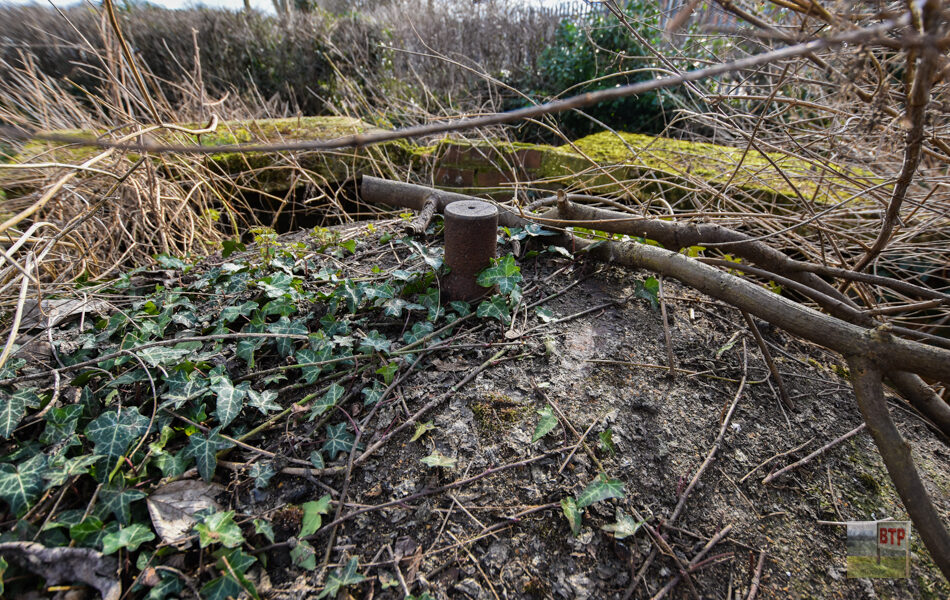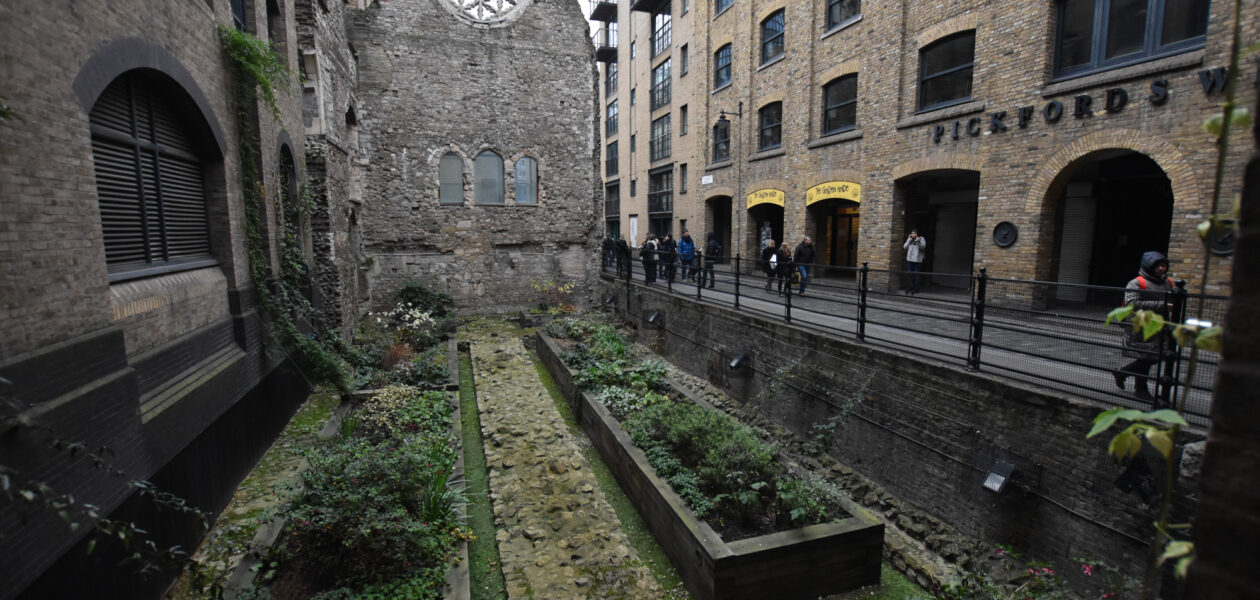Upper Horse Island
When Beyond the Point was first established in 2011, we started investigating some strange patterns on Upper Horse Island, situated to the west of Canvey Island. They appear to be the same colour to the marsh surrounding, but are clearly shaped by humans, it being square, with circles and lines inside. This lead us to…
View More
